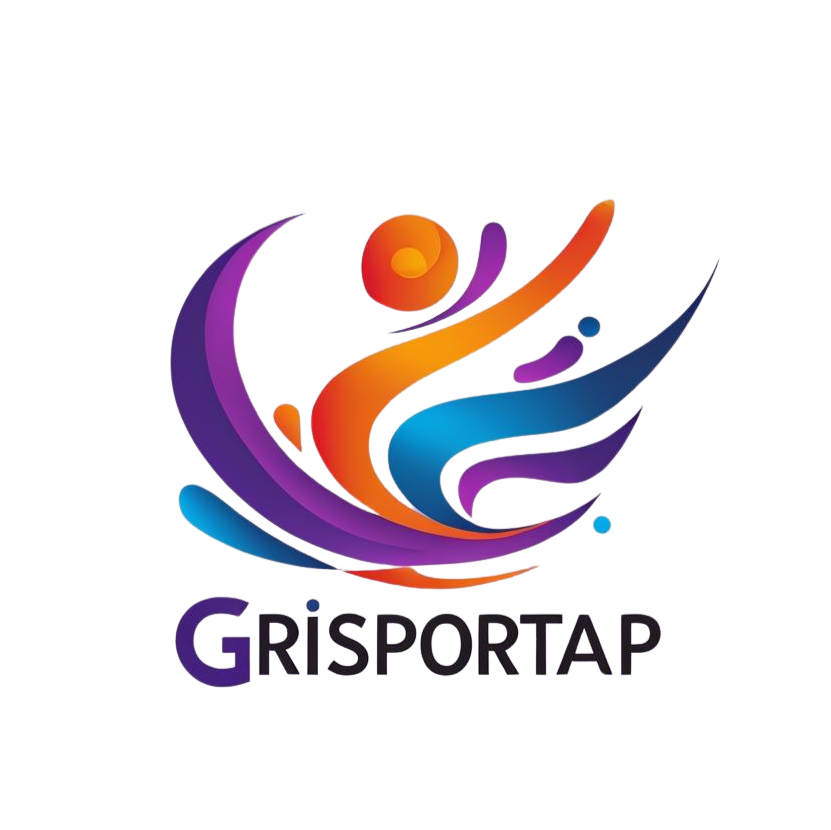Curious how modern community work now ties directly to measurable business results? In 2025, the link between member programs and company goals is clearer than ever.
You’ll learn a practical, step-by-step approach that maps goals to programs, whether live or asynchronous. CMX’s Three Level Strategy Framework and the SPACES Model help you pick the right outcomes first.
Expect realistic guidance: how to design programming, measure ARR influence and NPS, partner with trusted local groups, and keep communications steady during crises. PublicInput’s tips on shared CBO directories, multilingual media kits, and QR links make outreach easier.
By the end of this piece, you’ll see how to translate engagement into clear value for stakeholders and follow a proven strategy that supports members while protecting reputation, based on decades of corporate communications experience from firms like Community Strategies LLC.
Introduction
You need a straightforward path now: new tools, higher expectations, and closer ties between member work and company goals make clear planning essential in 2025.
Why it matters: when a community serves both members and your business with purpose, it creates real value across acquisition, education, support, and advocacy. That mix turns participation into measurable impact for the organization and the people you serve.
This guide blends proven, research-backed frameworks with field-tested tactics from public engagement and corporate communications. CMX’s Three Level Framework and SPACES help you align programs to top-level goals. PublicInput shows how trusted local partnerships widen reach. Community Strategies LLC offers crisis and communications practices that protect trust as you scale.
What to expect: practical steps, templates, and examples — not promises. Outcomes improve with consistent effort over time and clear measurement. Use the checklist below to get started and consult trained professionals when you need specialist guidance.
- Define outcome-focused goals that map to business metrics.
- Measure impact, not just activity, to earn cross-functional support.
- Partner with trusted local groups to reach more people equitably.
- Set safety and trust guidelines before you scale programs.
What changed in 2025: technology, trust, and the new bar for community value
In 2025, practical tech and clearer expectations shifted how you measure member programs. New tools help teams do more with less, while documented rules protect participants and reputation.
AI-assisted moderation, content, and analytics
AI is a helper, not a replacement. Teams use models to flag risky posts, summarize long threads, and surface useful metrics for leaders. Humans still decide enforcement and tone.
Safety, guidelines, and expectation-setting
Programs now compete on clear rules and consistent action. Well-written guidelines and steady enforcement set expectations and protect participant trust.
From engagement to measurable outcomes
Leaders track outcomes that matter to the business: influenced revenue, retention signals, and product feedback adoption. Activity counts less than demonstrable impact.
- Use AI to assist moderation and surface patterns, with human review for final decisions.
- Provide time-saving resources and accessible formats to build repeat participation and value.
- Partner with local groups and tailor media—multilingual links, QR codes, SMS—to improve representation and reach.
- Track input in a single system of record and publish transparent reports on what changed because of member input.
Practical next step: pilot tools, update your playbook quarterly, and measure impact before scaling new approaches.
Community strategies: a how-to using the Three Level Strategy Framework
Pick one clear business priority first; let that choice shape your program design and execution. This keeps work focused and helps you earn budget and stakeholder buy-in.
Start at the business level with SPACES: define the value your organization prioritizes
Use SPACES to choose a single outcome—acquisition, ARR influence, retention, or advocacy. Document that outcome and what success looks like in metrics.
Example: target a 5% uplift in ARR influence from attended events over 12 months.
Design the community level: content programming that maps to goals
Translate the business outcome into content programming that educates, supports, and activates members. Map topics, formats, and cadence to the chosen goal.
Tag content and events so you can attribute influence later. Use topic performance to prioritize repeatable formats.
Execute the tactical level: onboarding, recognition, and day-to-day engagement
Build simple, repeatable routines: a 7-day onboarding drip, welcome posts, and a recognition system for contributors.
Give your community manager playbooks and templates to scale consistent execution. Track onboarding completion, contribution rates, and recognition payouts weekly.
Real-world example: connecting community-led events to ARR influence
“Map registrations to pipeline: tag attendees, record sales-influenced, and compare top chapters by conversion.”
Make a short monthly report: attendee-to-customer conversion, sales influenced, and top topics. Retire low-impact events and reinvest in formats that show steady conversion.
- Align levels with distinct metrics and reports to show a clear line of sight to business goals.
- Empower managers with playbooks, then iterate using weekly signals.
- Review quarterly; keep documentation concise so partners across the organization understand the value the community creates.
Programming that works now: blending synchronous and asynchronous experiences
Design experiences that mix real-time connection with searchable, on-demand content so your programming fits members’ schedules and yields clear results.

Synchronous formats that create momentum
Live meetups — chapters, conferences, AMAs, and user groups build rapport. Use time-boxed agendas, clear facilitation, and volunteer-run playbooks.
Record sessions and post accessible summaries so people who can’t attend still benefit.
Asynchronous formats that scale participation
Owned forums and knowledge bases (Discourse, Khoros, Slack, Discord, Mighty Networks, Vanilla) turn event content into lasting answers.
Tag and archive event notes into an evergreen help center to reduce repeated questions.
- Run chapters with trained volunteer leaders and a shared run-of-show.
- Host AMAs, then post summaries in your forum for follow-up.
- Offer desktop, mobile, and offline-friendly media to lower barriers.
Track participation and satisfaction across both modes so you know which mixes drive engagement and link back to business reporting. Small pilots, rotated times, and simple feedback loops will help you keep improving while respecting people’s time.
Measure what matters: metrics that connect programs to business and member value
Start by measuring what moves the needle, not what fills a dashboard. Choose a small set of business-level metrics first so leaders recognize the outcomes your work drives.
Business-level metrics
ARR influence, acquisition, retention, and advocacy are the top-level signals you should tie to programs. Define each metric clearly (for example: ARR influenced = opportunities closed where program touchpoints occurred).
Program-level metrics
Track conversions that prove movement toward those outcomes: attendee-to-trial rate, webinar-to-customer conversions, and chapter/topic performance by attendance and NPS.
- Tag registrations and add UTM parameters to content links to attribute influence.
- Sync event and registration data to your CRM so sales can mark “sales influenced.”
- Compare chapters by conversion, attendance, NPS, and top topics to reallocate resources.
Tactical metrics
Use tactical measures to keep daily operations healthy: conversation rate ((comments + posts)/active members), onboarding completion, NPS, and qualitative quality signals from threads and feedback.
“Treat metrics as learning tools, not scorecards; use them to run small experiments and retire what doesn’t deliver.”
Process and reporting: publish a simple monthly one-pager with trends, examples, and next steps. Train your community manager to review data weekly and propose small experiments that raise engagement and impact.
Partnering with community-based organizations to broaden reach and trust
A shared directory and tailored outreach make it easier for you to meet people where they are. Start by building a live, searchable list of local groups with primary contacts, focus areas, and the communities they serve. Keep this record current in a single system so your team can track who drives responses and which channels work best.
Build and maintain a shared CBO directory
Practical step: store names, geographies, hours, and preferred contact methods. Update quarterly and note when you last engaged each partner.
Equip partners with tailored media kits
Provide initiative-specific kits that include multilingual links, unique QR codes, SMS short codes, and printable flyers. Co-design messages so materials respect local priorities and save partners’ time.
Measure and share impact regularly
Use your single system of record to report participation mix, representation, and outcomes. Schedule quarterly reviews to thank partners, course-correct, and allocate budget for translation, printing, childcare, or transport.
- Offer light training and clear FAQs so partners can explain projects with confidence.
- Document how participation supports partners’ goals to keep collaboration transparent.
- Celebrate wins with short case summaries that show how partner involvement raised quality and outcomes.
“Co-design and consistent reporting build trust and keep outreach equitable.”
For a practical checklist and deeper guidance on working with local groups, see this resource on effective partnership practices: partnering with community-based organizations.
Resilient communities: guidelines, moderation, and communications under pressure
Set simple expectations and ready your team to act quickly so you preserve calm and trust when incidents arise. Clear rules and a rehearsed response process reduce harm and protect the organization’s reputation.
Clear guidelines and consistent enforcement
Publish concise rules that ask for respectful conduct, context-rich posts, and promotion only in designated channels.
Explain consequences up front: temporary muted posting, content removal, or restricted access when rules are broken. Track decisions so your enforcement is consistent and defensible.
Crisis communications readiness
Build a moderation playbook with roles, escalation paths, and ready templates so your team can act fast and fairly under pressure.
Align stakeholders before incidents occur. Define approval workflows, who speaks externally, and how you will update members with timelines.
- Monitor signals like spikes in reports or sudden sentiment shifts and intervene early.
- Train moderators on de‑escalation, inclusive language, and accessibility to raise safety at every level.
- Communicate transparently during incidents: acknowledge concerns, state actions, and promise follow-ups.
“Document what worked and where process gaps appeared, then thank members for helping keep the space safe.”
After an incident: run a short review, adjust your process, and schedule focused training so future work preserves member value and organizational trust.
Conclusion
Here’s a concise wrap-up to help you move from ideas to repeatable practice that proves impact over time.
Use the CMX framework and simple metrics to tie programs to business goals at each level. Pair that work with PublicInput’s partner tactics and clear records so local groups can help extend reach.
Keep programs member-centered and outcomes-aware. Blend live and on-demand formats, track what matters, and retire initiatives that don’t deliver steady value.
Keep clear guidelines, rehearse crisis communications, and use available resources or short training when plans get complex. Stay curious, test responsibly, and get expert help when you need it.
Practice consistently, protect trust, and document your approach so your team and partners can scale what works.



